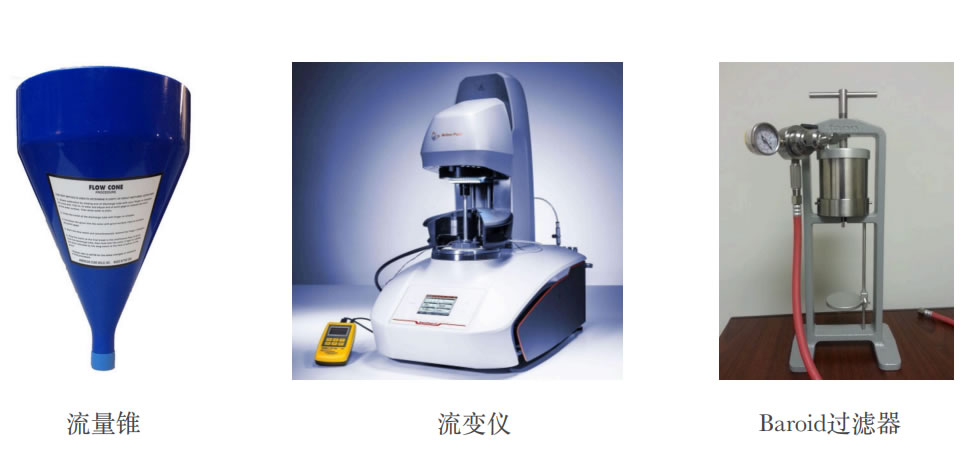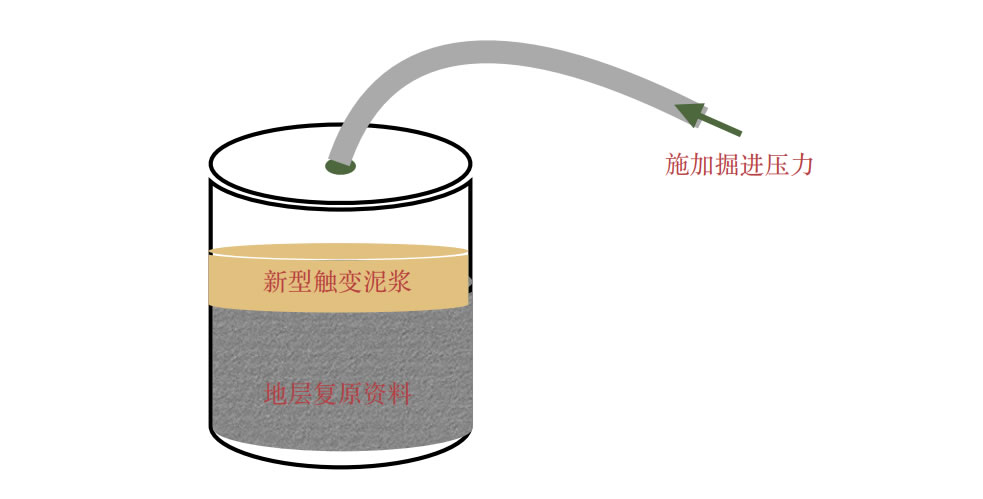Exploring the experimental method of using a new type of thixotropic mud when crossing permeable formations
The use of shield machines in densely populated urban areas is becoming increasingly widespread. During excavation, it is necessary to strictly control the disturbance of the shield machine to the ground and ground subsidence; otherwise, it can easily cause damage to ground buildings, and in serious cases, it will cause huge accidents.
When crossing highly permeable strata, such as gravel and areas with high sand content, ground subsidence control is particularly difficult. The ordinary mud used on the shield machine can quickly flow into the strata, causing excessive ground disturbance and subsidence.
The new thixotropic mud has the characteristics of high blocking capacity, high yield stress, low permeability, and good ability to withstand high pressure, thixotropy, and insolubility in water. These characteristics fully meet the requirements of ground subsidence prevention and control. How to quantify these characteristics of thixotropic mud and how to perform performance testing of thixotropic mud for specific projects are the main issues discussed in this article.
The blocking capacity can be tested using a flow cone with a determined opening size, and the judgment standard is fluid staying in the flow cone. This method requires determining an appropriate opening size; the yield stress can be tested using a rheometer; low permeability and high pressure resistance can be tested using a Baroid filter to measure the amount of filtrate obtained to measure the permeability and high pressure resistance of the mud. The thixotropy can be tested using a rheometer to perform gel 0 and gel 10 tests. The measurement of thixotropy under static conditions can be described as a measurement of gel strength, which is of great significance to soil support. It is worth noting that although the yield point measurement standard for mud is specified in API 13B-1, unlike in oil drilling, the environment in which the mud is located is low shear stress. Therefore, when measuring the yield point, the shear stress should be adjusted accordingly according to the characteristics of the shield machine (3 to 6RPM is appropriate). Water solubility can be easily obtained by direct measurement.

The above test methods are measurements of the basic properties of mud and can be used as preliminary screening methods. Specific experiments for permeability and support for specific projects can be carried out on a dedicated experimental platform. According to the strata data obtained by sonic coring, the particle distribution of the strata is restored, and the ultra-fine particles are washed out to make the experiment repeatable. The restored strata data is placed in a cylindrical experimental platform, covered with mud, and then subjected to excavation pressure on the top. The blocking and bearing effects of the mud are judged by the loss rate.

The Balsam Laboratory Company has an independent laboratory, complete experimental equipment, and is constantly improving. Experiments can be carried out for different experimental needs, and experimental platforms can also be built for different project requirements. Welcome colleagues to discuss and exchange problems encountered in shield construction with us.
